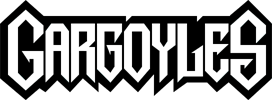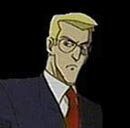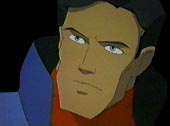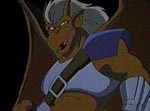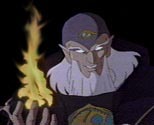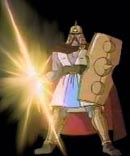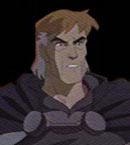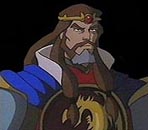
CRAIG - Good comments. I think that one other obvious structural difference between the two series (connected to what you brought up) is that Batman and his setting was already familiar to the audience, while "Gargoyles" was introducing its characters and story to the world for the first time. So "Gargoyles" opened with "Awakening", providing the story of how Goliath and his clan awakened in New York, while "Batman: TAS" opened with Batman already being established as a crime-fighter in Gotham City. (I looked it up, and found that the first episode was "On Leathery Wings", the one that had him encountering Man-Bat, and which is one of the episodes that I've seen. It's evidently set early in his career, with the Gotham City police department being unfamiliar with him and suspicious enough to wonder if he's the one responsible for the Man-Bat activity - not to mention that Harvey Dent is still a regular district attorney and hasn't become one of the "Batman" villains yet, though he's already tossing a coin in the air in an ominous way.... But it's definitely not an origin story, the way "Awakening" was for the gargoyles.)
Jurgan's comment does raise the question over whether the gargoyles taking trips abroad would have worked better if it had been done as "one-shot visits", like Hudson and Lexington's trip to London in the Stone of Destiny story, rather than an arc. One of those things we'll never know now.
Todd Jensen
posted @ Sun, Dec 29, 2024 7:52:08 pm EST from 68.99.93.213
